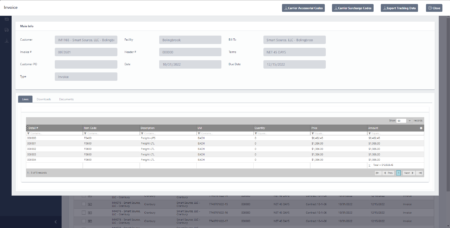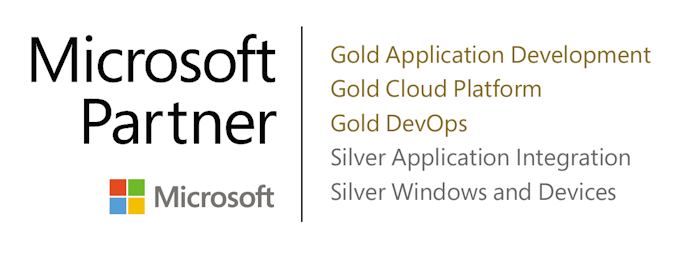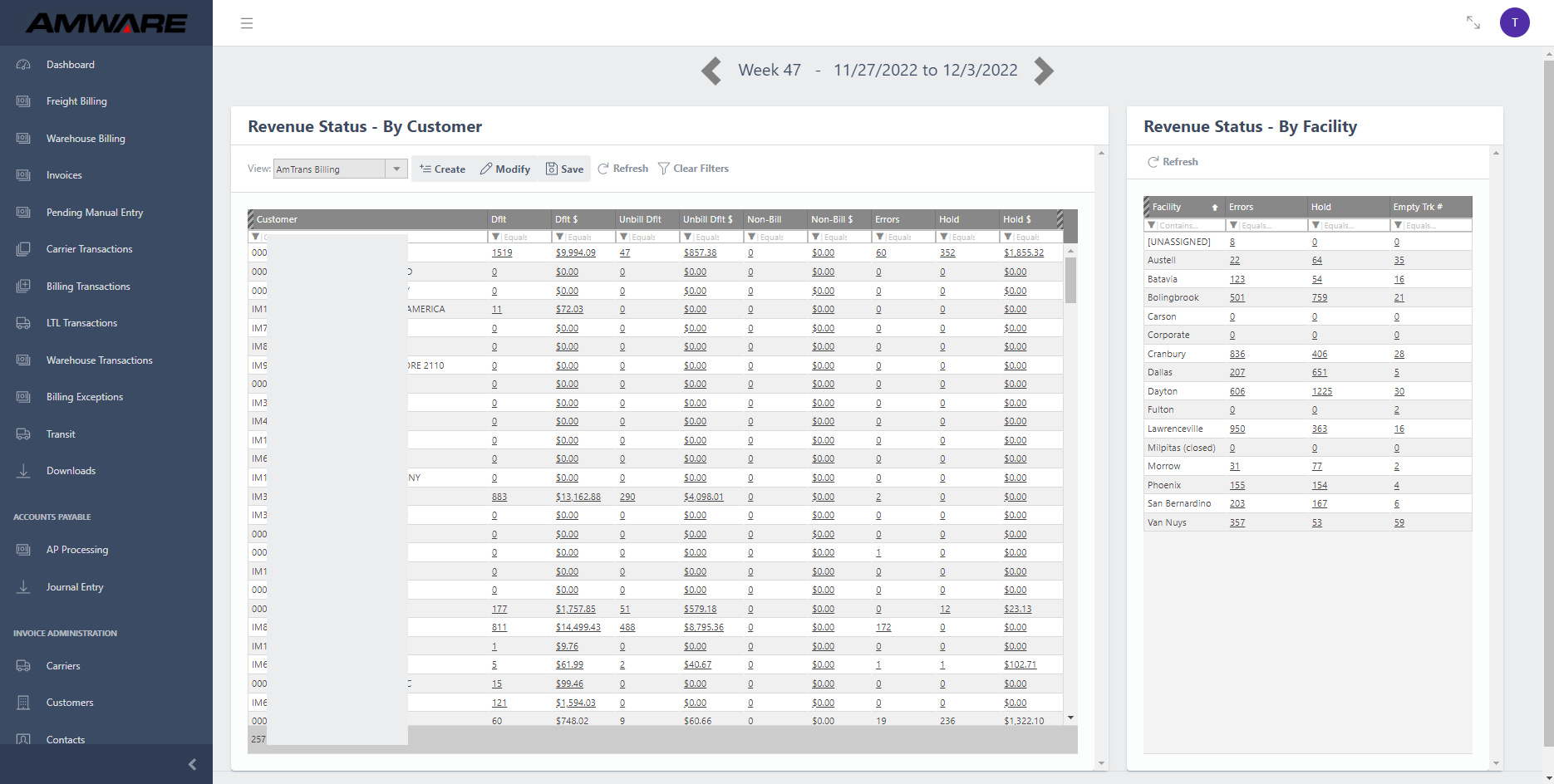Overview
Staci Americas (formerly Amware Fulfillment) provides logistics and fulfillment to support e-commerce, direct sales, and logistics for a broad range of retail and B2B customers. The company ships more than 50,000 consumer orders daily from multiple warehousing, fulfillment, and logistics locations nationwide.
Staci’s management system allows it to accurately process a high volume of orders to allow its customers to ship at scale without costly automation systems or staff. Staci’s web-based interface/gateway provides 24/7 customer access to shipment billing and tracking data. Negotiated bulk carrier rates allow Staci Americas to offer its customers shipping discounts within its profit margins.
The Rating Challenge
While multinational shipping companies like UPS and FedEx provide API and EDI access to their backend systems, the scores of smaller carriers offer antiquated access to shipping rates, typically non-standardized CSV tables that reside on company sites.
Adding to the complexity, pricing a typical shipment might involve any number of non-standard surcharges and exceptions. Because Staci’s business model is closely tied to margins on top of its negotiated and renegotiated shipping rates, it needs up-to-the-minute rate data to accurately and profitably offer shipping services.

Moulton Logistics
The Merger Acquisition Challenge
Staci Americas built its nationwide footprint by acquiring smaller logistics companies. The most recent acquisition, Moulton Logistics in Los Angeles, added direct response capabilities (for example, home shopping channels). Staci also acquired Iron Mountain Fulfillment Services to fill out Staci’s national fulfillment network of 15 shipping centers.
Major acquisitions bring the challenge of integrating systems. Both Moulton and Iron Mountain maintained disparate rating and billing systems.
“Our acquired companies had different databases holding the rate data, which meant we had no centralized way of consolidating the billing,” explained Doug Coker, Staci’s Director of IT. “At one point, we were dealing with four different billing systems. Plus, we had to perform a manual update every time a contract needed updating; this was an expensive IT function. This prompted the development of AmTrans, the enterprise platform that now runs the business.”
Developing AmTrans as a Consolidated Solution
TwinEngines was brought in to create an integrated platform to manage billing. The lack of standardized shipping rate data presented a major challenge. Because shipping is still an old-school industry, most carriers don’t support API data exchange, nor has the industry developed a standard data format. Some carriers even list their rates on PDF rate sheets. TwinEngines needed to develop a solution that knew where to find the data, which columns to capture, and in the case of PDFs, needed to parse carrier invoices using OCR technologies.
“Capturing the official rates only got us halfway there,” Mike Losapio, Digital Transformation Leader at TwinEngines, explained. There is a lot of nuance in shipping rates, so we needed to pull up-to-the-minute data from carrier invoices that included billed rates, surcharges, and accessorial fees for a given tracking number, zone, weight, and service level. Adding to the complexity, Staci regularly renegotiated rates and adjusted their pricing schedules and margins to reflect the real-world charges on the carrier invoices.”
Staci’s goal was to automate the invoicing process from an enormous volume of transaction data (26,000 packages shipped each day). In addition to streamlined invoicing, Staci needed to make the granular data transparent and accessible to customers and operations staff.
System Features
TwinEngines developed the AmTrans system to pull in the invoice data and, in effect, reverse engineer the rate tables, then marry that data with the negotiated rates to create a dollar amount to charge their customers.
AmTrans uses a web-based UI to manage a range of processes, including invoice import, transit import, rating, export processing, and billing. The system captures carrier invoice data via CSV/PDF to maintain contracted rates for each Staci customer. The data is imported into a normalized format to build a more comprehensive picture of carrier rates and then consolidated with the official negotiated rate tables.

Self-service billing portal
A Self-Service Portal for Customers
Before AmTrans, Staci would email invoices to customers, then manually respond to customer requests for shipping details and transit data. “Staci’s staff had to download a spreadsheet from their internal system to respond to requests for detail,” Losapio explained. “We replaced the manual process by making the data accessible through a self-service portal. Billing now takes a day to process instead of a week or more.”
“We’re looking to be a total provider of fulfillment solutions whether it’s marketing, direct response, e-commerce, multilevel marketing,” Staci CEO Harry Drajpuch told Transport Topics. “I think we’re really starting to increase the breadth of the services we offer.”

TECHNOLOGY
- Microsoft Visual Studio, C#, .Net
- SQL Server
- SAP Business Objects
INTEGRATIONS
- Sage 100
- FedEx
- UPS
- DHL
- Endicia/USPS
- Asendia
- Azure Form Recognizer
- Microsoft 365
“Billing now takes a day to process instead of a week or more.”

